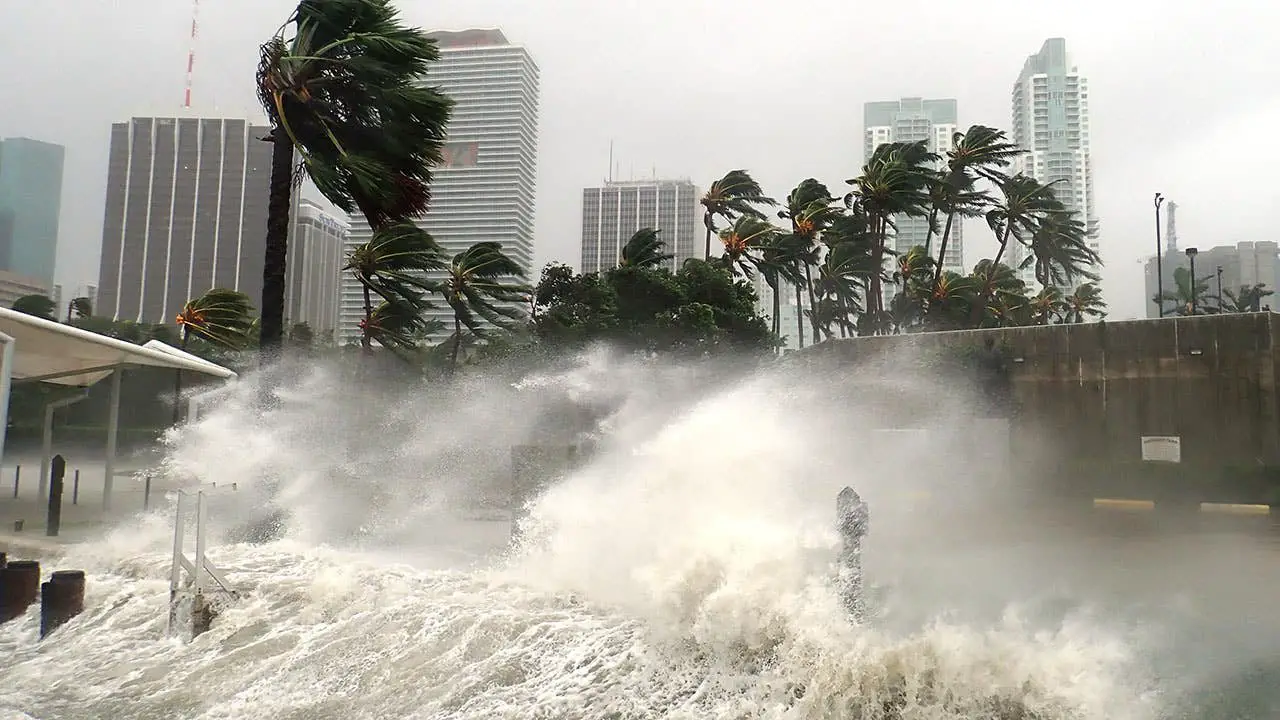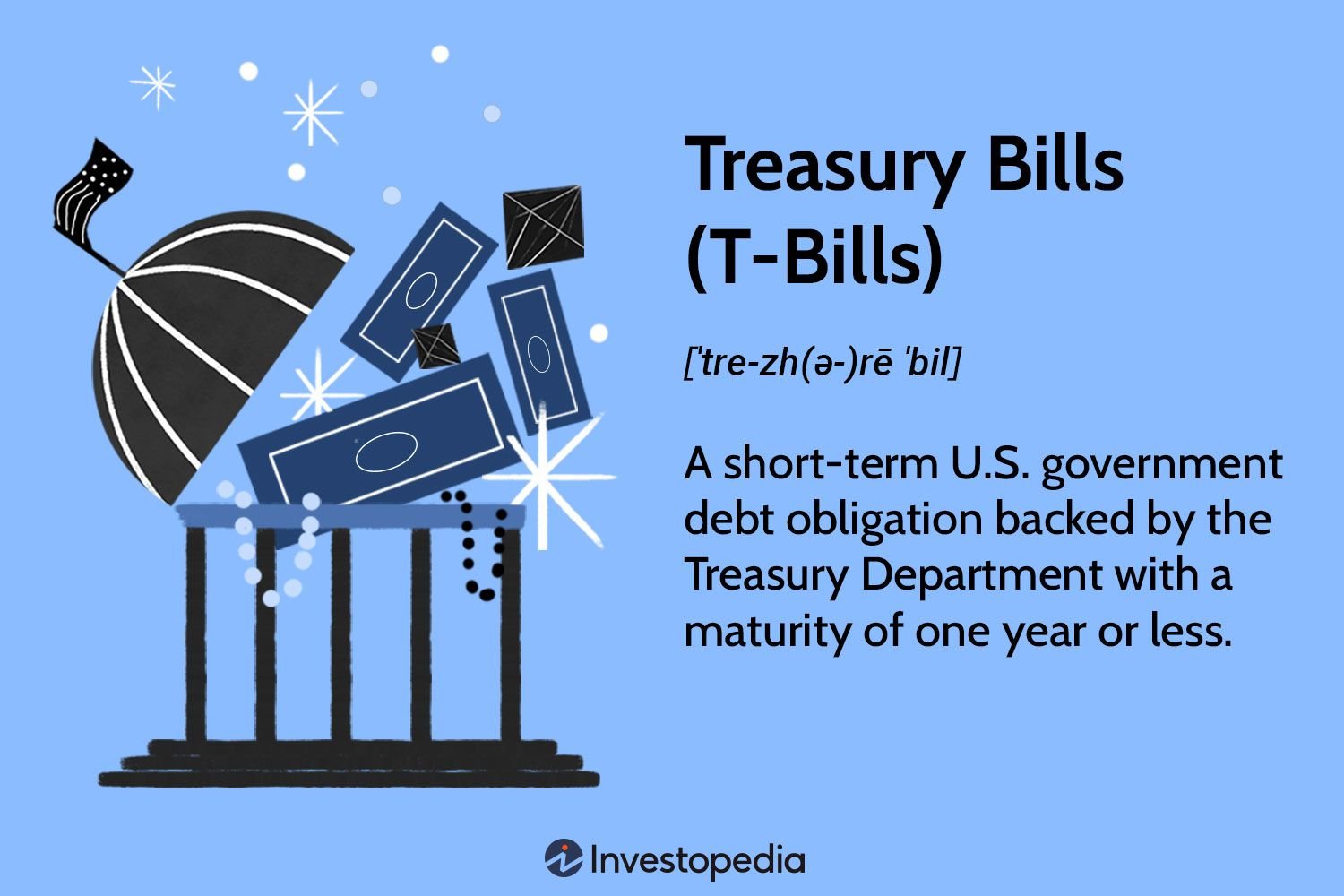Natural disasters can strike unexpectedly, leaving behind a trail of destruction and financial strain. But fear not, there are practical steps you can take to financially prepare for such events. In this blog article, we will explore how to financially prepare for natural disasters, providing you with actionable advice to safeguard your finances in the face of adversity. From setting up an emergency fund to reviewing insurance policies, we’ve got you covered. So let’s dive in and ensure you’re ready to weather any storm.
How to Financially Prepare for Natural Disasters
Natural disasters can strike at any moment, leaving devastating effects in their wake. From hurricanes and earthquakes to floods and wildfires, these events can cause extensive damage to both lives and property. Being prepared is crucial, and that includes being financially prepared. In this article, we will explore various strategies and steps to help you financially prepare for natural disasters, ensuring you can protect yourself, your family, and your assets.
Evaluating Insurance Coverage
Insurance is one of the most important aspects of financial preparedness for natural disasters. It provides a safety net that can help you recover from the financial impact of a disaster. Here are some key points to consider when evaluating your insurance coverage:
- Homeowners Insurance: Review your homeowners insurance policy to ensure it covers a wide range of perils, including natural disasters specific to your area. Check if your policy includes coverage for rebuilding or repairing your home, as well as coverage for personal belongings.
- Flood Insurance: Standard homeowners insurance typically does not cover flood damage. If you live in a flood-prone area, consider obtaining separate flood insurance through the National Flood Insurance Program (NFIP).
- Earthquake Insurance: Depending on your location, earthquakes can be a significant risk. Look into earthquake insurance to protect your property and belongings from potential damage.
- Windstorm Insurance: If you live in an area prone to hurricanes or tornadoes, verify that your policy covers windstorm damage. Some policies may require a separate windstorm deductible.
- Review Policy Limits: Make sure your coverage limits are sufficient to rebuild or repair your home and replace your belongings. Reassess your coverage periodically to account for changes in property value or inflation.
- Consider Business Interruption Insurance: If you own a business, explore business interruption insurance to protect against lost income during a natural disaster when operations are disrupted.
Creating an Emergency Fund
An emergency fund is a crucial financial tool that can provide a buffer during challenging times, including natural disasters. It ensures you have readily available funds to cover immediate expenses and begin the recovery process. Here are some steps to help you establish and maintain an emergency fund:
- Set a Goal: Aim to save at least three to six months’ worth of living expenses. However, if you live in an area prone to frequent or severe natural disasters, consider saving even more.
- Automate Savings: Set up automatic transfers from your checking account to a separate savings account designated for emergencies. Treat this savings account as a priority.
- Start Small: If saving a large sum seems overwhelming, begin with smaller, achievable goals. Even saving a few dollars each week can make a difference in the long run.
- Minimize Expenses: Look for opportunities to cut unnecessary expenses and redirect those funds towards your emergency savings. Consider reviewing your budget to identify potential areas for saving.
- Explore High-Yield Savings Accounts: Consider opening a high-yield savings account to earn competitive interest rates on your emergency fund. This can help your savings grow faster over time.
- Keep Funds Accessible: Ensure your emergency fund is easily accessible in case of an emergency. Avoid tying up the funds in long-term investments or high-risk assets.
Documenting and Safeguarding Important Documents
In the aftermath of a natural disaster, important documents can be lost or damaged. Taking the time to document and safeguard crucial paperwork beforehand can save you time, money, and stress. Here’s what you can do:
- Create Digital Copies: Scan important documents such as identification cards, passports, insurance policies, and deeds. Store them electronically in a secure location, either on a password-protected external drive or in the cloud.
- Store Physical Copies Safely: Keep physical copies of essential documents in a fireproof and waterproof safe. Alternatively, consider a safety deposit box at a bank.
- Share Document Access: Inform a trusted family member or friend about the location and details of your digital and physical document storage. This ensures access in case you are unable to retrieve them.
- Create a Home Inventory: Document your possessions by taking photographs or videos of each room. This inventory will help during the claims process with insurance companies.
- Update Regularly: As you acquire new assets or make changes to your insurance policies, update your documentation accordingly. Regularly review and revise your home inventory as well.
Developing a Disaster Budget
A disaster budget helps you plan your finances in case of a natural disaster. It accounts for potential expenses and income disruptions that may arise during and after such an event. Consider the following steps to create a disaster budget:
- Calculate Necessary Expenses: Determine your essential expenses, such as housing, utilities, food, and transportation. These are the expenses you must prioritize during a crisis.
- Identify Potential Income Reductions: Assess the impact a natural disaster may have on your income. Will you need to take time off work? Will your business be affected? Consider these factors when estimating your budget.
- Account for Additional Expenses: Anticipate additional costs that may arise during a natural disaster, such as temporary housing, medical expenses, and increased transportation costs.
- Explore Government Assistance: Research the types of government assistance available in your area for disaster-related emergencies. These programs can provide financial support during challenging times.
- Revise Regularly: Review and update your disaster budget regularly to account for any changes in your financial situation, family circumstances, or living expenses.
Utilizing Emergency Loans and Credit
In some cases, you may need to rely on emergency loans or credit to cover immediate expenses during or after a natural disaster. While it’s essential to use credit responsibly, having access to these options can provide temporary relief. Consider the following:
- Establish Credit: If you don’t have credit established, consider opening a credit card or obtaining a small loan before a disaster strikes. This can provide a safety net during emergencies.
- Research Available Options: Explore loans or lines of credit specifically designed for disaster-related situations. Some financial institutions offer low-interest loans or credit extensions during times of crisis.
- Understand Loan Terms: Before borrowing, thoroughly understand the terms and conditions of the loan or credit. Pay attention to interest rates, repayment schedules, and any associated fees.
- Borrow Responsibly: Only borrow what you need and can afford to repay. It’s crucial to avoid accumulating excessive debt during a time when you’re already dealing with the financial aftermath of a natural disaster.
- Consider Assistance Programs: Look into local, state, or federal assistance programs that may offer financial support or loans specifically for disaster recovery. These programs often have favorable terms and conditions.
Preparing for natural disasters involves more than just physical readiness. Financial preparedness is a crucial aspect that can help alleviate stress and ensure a smoother recovery process. By evaluating your insurance coverage, creating an emergency fund, safeguarding important documents, developing a disaster budget, and understanding options for emergency loans and credit, you can significantly improve your financial resilience. Remember, being proactive and staying informed are key to effectively navigating the challenges presented by natural disasters. Stay safe, stay prepared!
3 Steps to Prepare Your Finances for Natural Disasters — consumerfinance.gov
Frequently Asked Questions
Frequently Asked Questions (FAQs)
How can I financially prepare for natural disasters?
Preparing financially for natural disasters is essential for mitigating the impact they can have on your life. Here are some important steps to take:
1. What should I include in my emergency fund?
Your emergency fund should ideally cover three to six months of living expenses. It should include funds for food, water, shelter, medical needs, and other essentials during and after a natural disaster.
2. Is insurance important in financial preparation for natural disasters?
Yes, having insurance coverage is crucial. Check your homeowners or renters insurance policy to understand what disasters are covered. Consider additional coverage for specific natural disasters prevalent in your area, such as flood or earthquake insurance.
3. How can I ensure I have enough insurance coverage?
Regularly review your insurance policies and ensure they adequately cover your assets and property. Consider getting a professional appraisal to determine the accurate value of your possessions.
4. Are there any government assistance programs available for financial preparedness?
Yes, many governmental organizations offer assistance programs to financially prepare for natural disasters. Research and enroll in programs like FEMA’s National Flood Insurance Program or other relevant initiatives.
5. Should I consider investing in home improvements to protect against natural disasters?
Yes, investing in home improvements can be a wise decision. Consider reinforcing your home against hurricanes, floods, or earthquakes by installing storm shutters, reinforcing the roof, or elevating your property.
6. How can I protect important documents and records?
Make digital copies of essential documents such as identification, insurance policies, and financial records. Store them in password-protected cloud storage or on a portable hard drive to ensure their safety.
7. Should I establish a communication plan with my family?
Absolutely. Create a communication plan with your family members to stay connected during a natural disaster. Designate a meeting point, establish emergency contact numbers, and share essential details with each other.
8. What steps can I take to budget effectively for natural disaster preparations?
Start by analyzing your current spending habits and identify areas where you can cut back. Prioritize saving for emergencies and allocate funds specifically for natural disaster preparations. Regularly review and update your budget as needed.
Final Thoughts
In order to financially prepare for natural disasters, it is crucial to take a proactive approach. Start by creating an emergency fund that can cover at least three to six months’ worth of living expenses. Additionally, review your insurance coverage to ensure it is comprehensive and includes coverage for natural disasters. Consider securing your important documents and storing them in a safe location. It is also wise to evaluate your home and make necessary improvements to strengthen its resilience against potential disasters. By following these steps, you can be better equipped to handle the financial impact of natural disasters.



